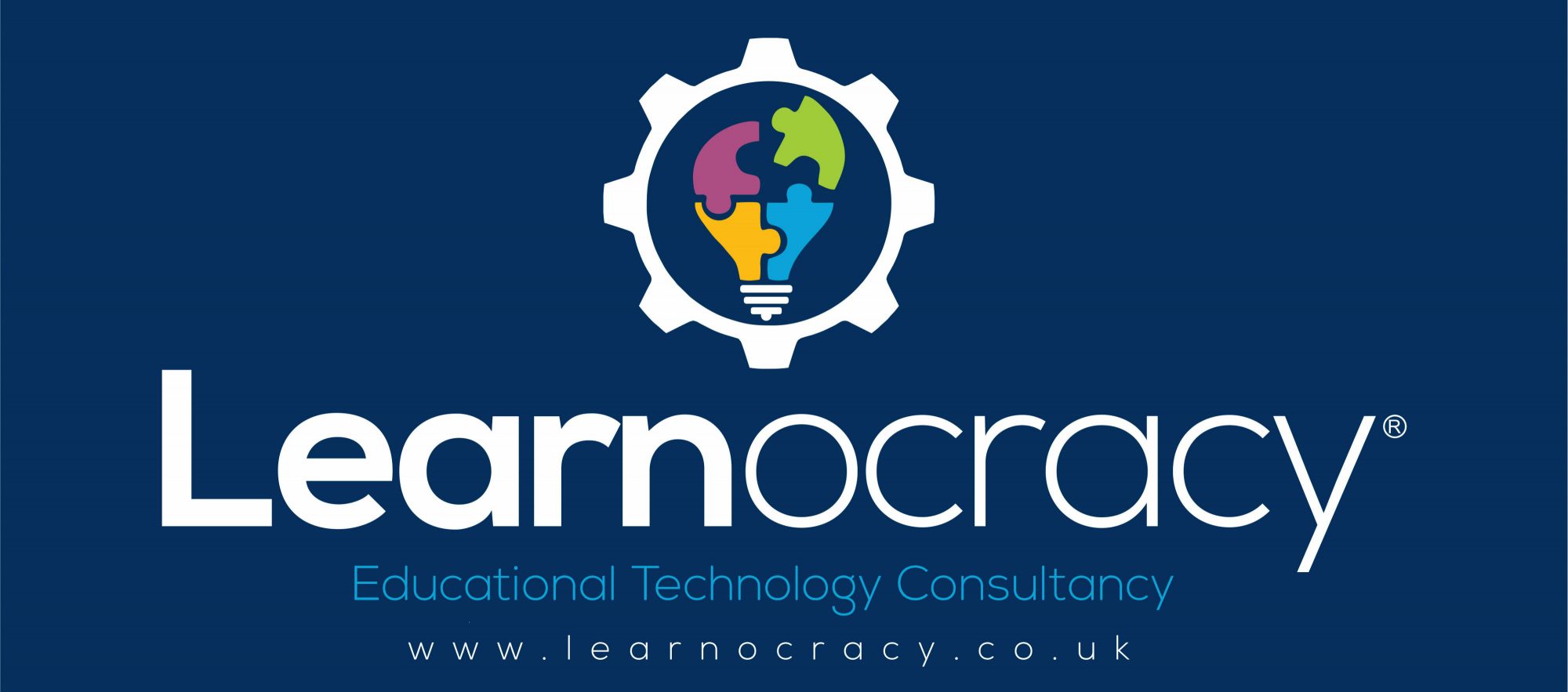The diagram I’ve created for this blog entry is designed to summarise a strategy for technology evolution in schools. The outer ring represents the strategic technology focus to deliver the requirement (the inner ring). Thus my proposed strategic focus for delivering ‘access’ is ‘mobile’. I will split this discussion over four blog entries and in this one I’m going to focus on the ‘access’ quadrant.If the diagram looks vaguely familiar to the educators out there, that’s because it’s organised around the general principle of a learning cycle. Of course, that shouldn’t come as a huge surprise, given that organisational learning and evolution is broadly the sum – over time – of the learning and evolution of its constituent parts (or people, as we affectionately call them).
Access is usually implicit rather than explicit in the learning cycle. Clearly, however, access to technology is a prerequisite for learning with or through technology. Access in this sense is certainly not assumed, even in developed countries such as the UK. So let’s start by exploring some of the facts.
One credible and recent report on this subject is from Ofcom on UK children’s media literacy (published in April 2011 but based on survey data from 5 to 15 year olds taken in Q2-Q4 2010). Here are some of the relevant findings:
- Home Internet use is 67% for 5-7s, 82% for 8-11s and 90% for 12-15s
- School Internet use is 10% of 5-7s, 9% of 8-11s and 4% of 12-15s
- No Internet use is 8% of all 5-15s
- Smartphone ownership is 3% of 5-7s, 13% of 8-11s, and 35% of 12-15s
- 89% 5-15s from AB homes use Internet compared to 69% from DE homes
I’ve also come across a recently published Childwise Report based on survey of 2,770 age 5-16s in Q4 2011:
- Among age 7-16s 61% have a mobile phone with Internet access
- Children use their mobiles for an average of 1.6 hours a day
- Growth in Internet use through mobile phones is biggest trend
- More than 75% of secondary age pupils now using mobiles to get online
- Before school children are now more likely to use mobiles than watch television
Finally a report published in December 2011 by Cloudlearn entitled ‘An End to Locking and Blocking’ provides a compelling insight into the practical value of mobile devices and social media in learning: “The headline is that teachers, departments, schools and individuals have arrived at similar sets of common sense, professionally evolved, cautiously applied, effective and tested policy guidelines for using social media and portable devices safely, effectively and engagingly.”
The combination of these reports tells me:
1. There is still a real digital divide and the eLearning Foundation’s estimate that around 1 million school age young people in the UK do not have access to the Internet is still about right.
2. The data very clearly shows that mobile phones are rapidly becoming the most commonly used technology device through which young people access digital tools.
3. It is quite possible to embrace mobile technology and social media in schools and what’s more, it enhances learning and teaching and engages young people and their parents/carers.
The current landscape of technology and Internet access in schools is less about a digital divide than it is a digital literacy divide between the young digital natives and staff who tend to be digitally naive (and therefore fearful). All schools have Internet access and devices through which to access the Internet. The pertinent question is the efficiency with which the provision translates into access. I have two general observations in this area:
1. School owned technology generally has low utilisation
2. Utilisation of technology is proportional to the digital literacy of the staff
I use the word ‘utilisation’ in its very literal sense, that is the proportion of the total lifecycle of a device that is spent being used for the purpose for which it was designed (as opposed to propping up a shelf etc). The utilisation of school-owned technology is usually low because it’s not personally owned and therefore there’s lots of white space due to timetabling, weekends and holidays. By contrast, the window in which personally owned technology may be used is every day, from the moment a person wakes, till the moment they go to sleep.The difference in utilisation between school-owned devices and personally-owned devices is enormous. Utilisation equates to learning, even if it’s social and/or informal learning. And don’t get me started on the utilisation of schools’ investment in software. Most software in schools is used very sporadically and the total percentage of the feature-set used is 10 to 20%. Taken in the round, the total utilisation of school-owned technology investment achieved by most schools is staggeringly low.
The second point above relates to the fact that many schools and educators are still on a journey towards confidence when it comes to technology (I know there are significant exceptions). In practice, technology in schools is not generally supporting a 21st digital curriculum, nor indeed catalysing a transformation in pedagogy (both of which it could and should be doing). The didactic approach is still the beating heart of most schools. A common technology provision in a classroom would be an Interactive Whiteboard (IWB) and a share in a laptop trolley (laptops optional). I see the IWB as a digital placebo. It gives education leaders the feeling they’re ‘doing’ technology without actually ‘doing’ anything (except spend money). Harsh but – taken as the generalisation it is intended to be – true. And don’t get me started on the Internet. Most schools filter out every element of the Internet that young people find engaging. Rather than leveraging its potential to arm young people with essential 21st Century digital skills while teaching behavioural self-regulation, it’s locked and blocked.
The current technology delivery model in schools is, in my opinion, broken. It is expensive to provide, install and maintain, and it is used inefficiently and ineffectively. See my previous blog post for more detail on this but, in short, even if school-based computers were used 100% of the school day, every teaching day of the year, this would still only equate to a utilisation of 21% (1235 teaching hours) compared with the potential utilisation of a personally owned device (5840 waking hours). Meanwhile about 1 in 10 young people between the ages of 5 and 15 do not have access to a device and/or the Internet at home.
The very obvious solution to addressing both these issues is to provide each and every learner with a mobile device and a means of accessing the Internet from home through that device. This solution is a win-win-win:
1. It addresses the digital divide
2. It enhances access to technology
3. It reduces the cost to schools
Let’s first look at why I think a mobile device is the answer. As we prepare young people for 21st Century jobs, there is no doubt that 21st Century digital skills need to become second nature. The level of confidence we need to instill is gained from embedding technology in their daily lives, both formally and informally. This in turn means using technology in and out of school, with a consistent experience that links the environments. The most efficient and effective way to achieve this objective to is provide a device that is mobile (moving between home, school and any other learning locations) so that it’s on hand 24 hours a day, 365 days a year. This achieves a much higher utilisation of the device and delivers a consistent experience between home, school and other learning locations. It is also the reason young people love their phones. (NOTE: although mobile phones are a dominant technology, I’d argue that this is because they’re mobile and personally owned. Any mobile device will leverage benefits of consistency and utilisation).
In my opinion, the investment in such a device should be a shared responsibility between parents/carers and school, with financial support for those parents/carers unable to afford a device and/or Internet access at home (look at schemes such as www.GetOnlineatHome.org). The partnership should see the school providing an educational service layer and an affordable device loan/purchase scheme, with parents/carers paying for the device itself (and Internet access from home). The investment in a device by parents/carers on behalf of their child or children, engages them in a shared responsibility for the device. At the same time, it divests the school of responsibility for managing a large ecosystem of devices and allows them to focus on the educational service layer, i.e. what is accessed on the device and how this is used to enhance learning. This is where schools have expertise (or should), not in the management of technology which is an expensive diversion from their core mission. (NOTE: I fully appreciate that there will still be school-owned technology provision in schools but it need only be for specialist requirements).
The key and only benefit to schools that embrace a strategy of personally owned, mobile devices for every learner, is that more learning will occur because (for example):
- All students have technology access, anywhere, anytime
- Mobile access to digital tools underpins a 21st Century digital curriculum
- Learners and their parents/carers are more connected and engaged
- Budget can be refocused from technology management to education
For young people, the benefits are (for example):
- Addressing the digital divide through equity of provision
- A device that is mobile and personal, delivering a consistent experience
- Engaging digital tools that reflect their authentic experience of the Internet
- Development of technology skills that prepare them for the 21st Century
“Access with mobile” is only the first part of my technology strategy for schools but, in a very practical sense, it is the most important issue for all schools to address. Without access there is no action. It is not however the entirety of the strategy, including in the ‘access’ category. What I’m proposing is that mobile is the dominant paradigm in the access category and therefore all related policy, planning and decision making in schools should place a premium on ‘mobile’. In my next blog entry in this series I will look at the ‘action’ part of the strategy – the educational layer I was referring to earlier.


